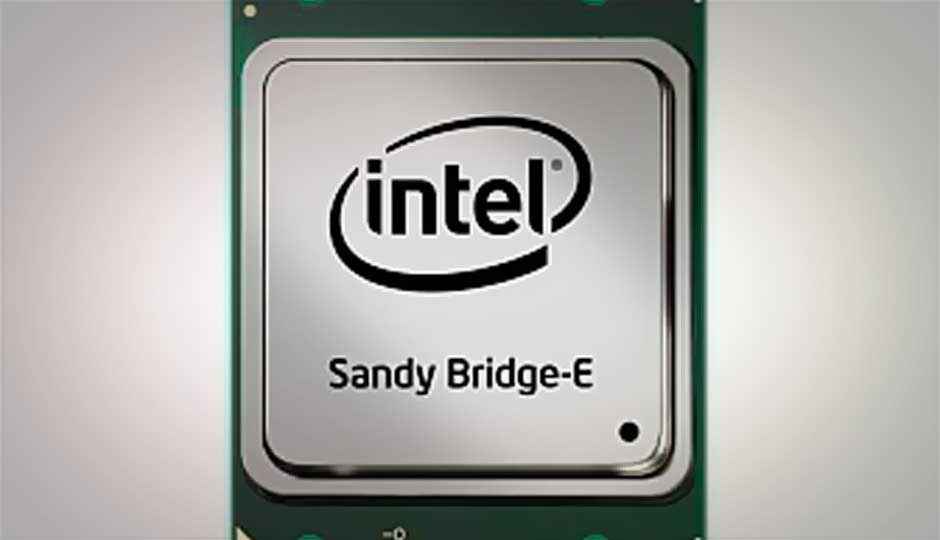Sandy Bridge-E proves PCs are, in fact, getting faster
By
Michael J. Miller |
Updated on 04-Dec-2011

Intel’s new Core i7-3960X processor, code-named Sandy Bridge-E, has been touted as the fastest desktop processor ever.
Effectively, it’s a replacement for the six-core “Gulftown” Core i7-900 family that has been shipping for over a year, but with the Sandy Bridge architecture minus graphics replacing the Westmere architecture on Intel’s 32nm processor.
So, of course, I’ve wanted to test the processor to see how the architectural differences affect performance in workstation-style applications. (Other reviews have drilled into gaming performance, but hardly anyone looks at workstations.) As usual, I tested with a variety of Excel spreadsheets and the results showed notable improvements.
I’ve run most of these spreadsheets for years and have recently looked a tquad-core laptop performance between Intel’s Sandy Bridge line (the Core i3-2520M and Core i5-2330M) and AMD’s Llano (the A6-3410MX and A8-3500M). Last year, I compared the desktop Intel Core i7-970 and 980x Gulftown processors with AMD’s Phenom II X6, both six-core processors. (I’ve yet to get my hands on shipping systems running AMD’s FX processor running the new Bulldozer architecture, but definitely want to try that out as well.)
This time, I was able to test a Polywell Ignition LP-500106W system with a standard 3.3GHz Core i7-3960X, as well as a Falcon Northwest Mach V desktop that was overclocked up to 4.4GHz. The Polywell has 16GB of RAM, the Falcon NW has 32GB, which is pretty much irrelevant to these tests, as I haven’t seen any difference above 4GB.
Both of these are rather high-end systems with very expensive processors, but they indicate how well the processor does. Here are the results for all of the six-core desktops I’ve tested, with a 45nm quad-core Core 2 Quad Q9300 (Yorkfield) for comparison:
As you can see, the performance improvements are notable in all of the Excel 2010 tests I ran. The Monte Carlo simulation numbers are particularly impressive, speeding up a test that took almost 20 seconds just three years ago to just over one second today. In fact, it’s time to think about retiring the test, because my fingers aren’t fast enough on the stop watch.
Since the Gulftown and Sandy Bridge-E are both 32nm six-core, 12-thread processors, it’s clear that there are some architectural changes in the Sandy Bridge generation that are improving performance, particularly in things that are very heavily multithreaded, such as Monte Carlo simulations.
But if you really want to see what has happened to performance over time, just consider the Big Data Table I’ve been testing with for years. Remember those numbers are in minutes, not seconds, so the difference really matters when you’re waiting for a spreadsheet to recalculate. When I first started using this spreadsheet about five years ago, my best results were with a dual-processor workstation running twin X5355 processors. That same spreadsheet (on Excel 2007) took almost two and a half hours to complete. Now, it’s easily under an hour on a standard-voltage single processor, and just over 45 minutes on an overclocked version.
For spreadsheet jockeys, that’s a huge difference. Similarly, the Sandy Bridge generation builds in encryption, and results on those tests often show enormous improvements. I’ve heard lots of people say PCs aren’t getting much faster year over year but these results prove that they are.
These high-end processors are too expensive for typical office workers and I’d be hard pressed to recommend one even for a gamer. For workstation applications, however, they can make a huge difference.
Copyright © 2010 Ziff Davis Publishing Holdings Inc.
Source: Sandy Bridge-E Proves PCs Are, In Fact, Getting Faster






